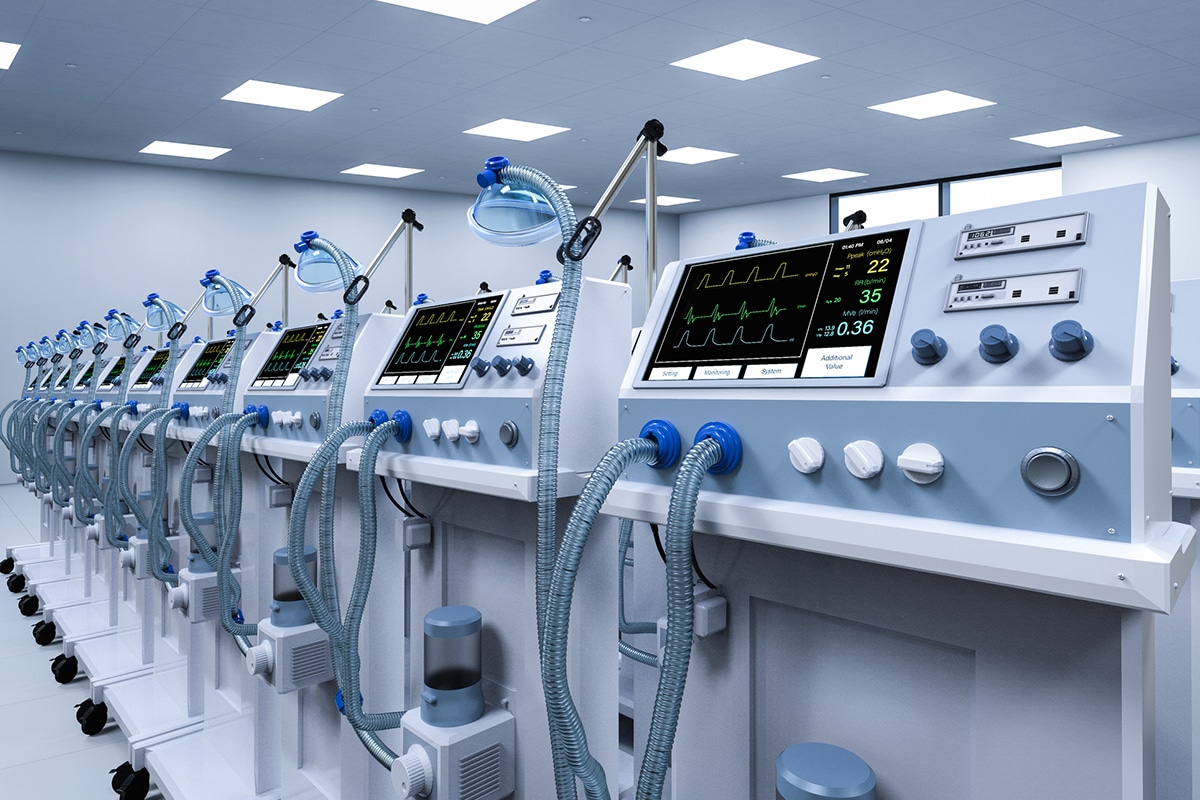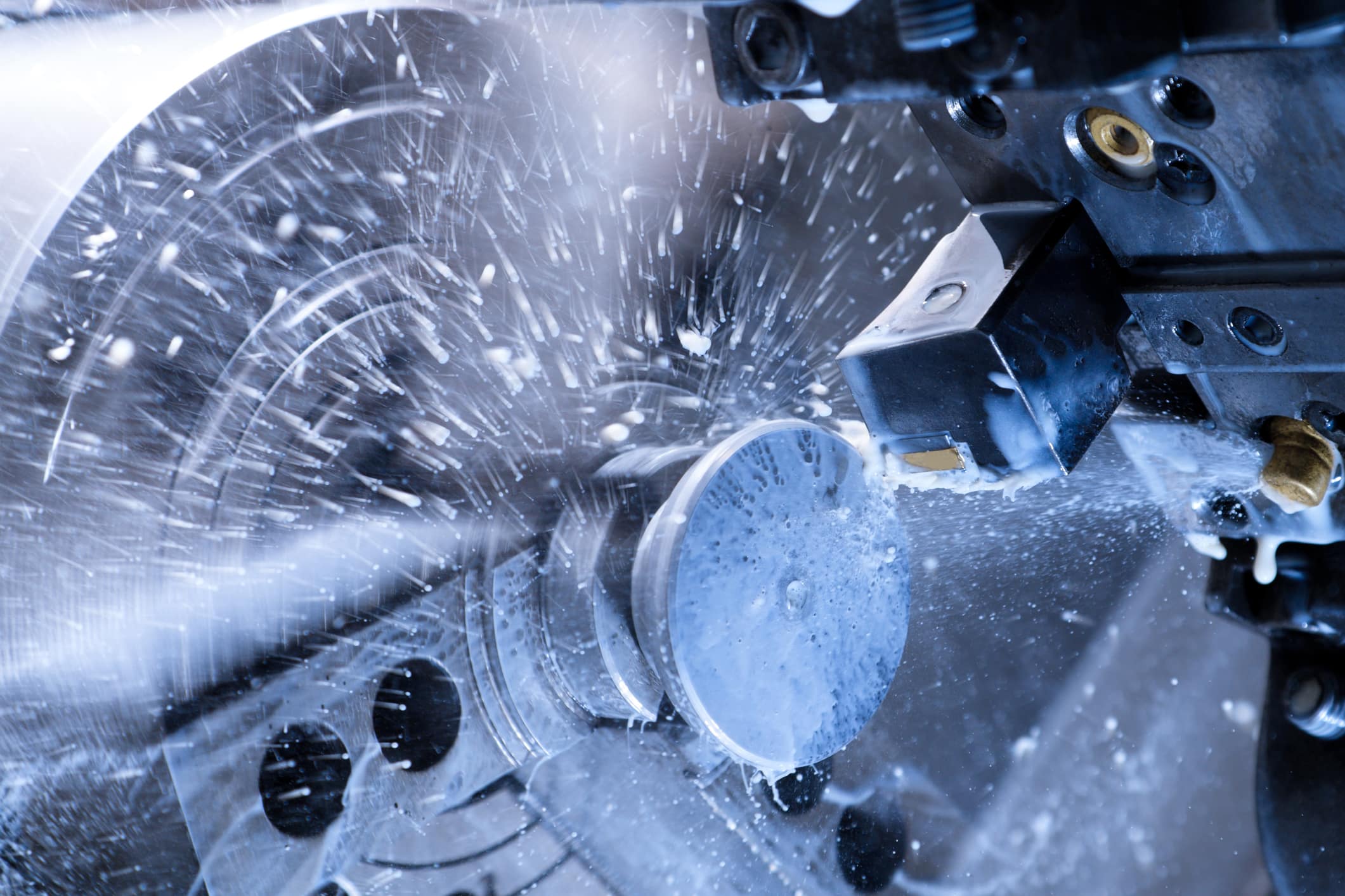With the seemingly insurmountable challenges surrounding the COVID-19 pandemic, the surge in cases has created yet another obstacle–the shortage of medical oxygen. Though the essential gas itself is not experiencing scarcity, the overwhelming number of coronavirus cases, specifically in the United States, has been problematic in both the supply chain and hospital equipment capacity. As the medical oxygen industry scrambles to combat these difficulties, the response strategy triggers a need to develop a wide range of innovative materials at an industrial scale.
To keep up with increased demand, oxygen cylinder component manufacturers need oxygen-safe lubricants in several aspects of the processing and distributing of medical oxygen. Halocarbon inert lubricants are an optimal solution for medical oxygen equipment OEMs, as they provide a unique set of high-performance properties and can be developed at scale to support hospital infrastructures and supply chain demands.
Threats of Medical Oxygen Supply Chain Challenges
The rise in COVID-19 cases not only exacerbates the medical oxygen supply chain, but also proves troublesome for hospital infrastructure and equipment that was never designed to meet this level of demand. Long-distance oxygen distribution is regarded as inefficient, and local sources have quickly become inundated by the demand, leading to regional disparities in high-case areas. Additionally, the pipes and delivery systems for medical oxygen within the hospitals themselves are not meant to handle this type of capacity, leading to shortages in availability and bottlenecked treatments.
The Response and Potential Solutions
In response to these medical-oxygen-related challenges, the industry faces only a couple of strategies and solutions. Medical oxygen accounts for just 3% of the total oxygen market, and by repurposing oxygen from other sectors, the hospitals could see substantial benefits. As another plausible approach, the medical oxygen industry could potentially increase capacity by investing more resources into production equipment such as cryogenic air separators or ancillary distribution personnel.
Both solutions require regulatory approval, safety procedures and guidelines, and equipment compatibility. Additionally, these strategies would put pressure on the market to dramatically boost production capacities, which means more manufacturing of oxygen tanks, gas carrier trucks, oxygen cylinders, pumps, compressors, pipes, and more.
Properties Required for Safe Oxygen Handling
Oxygen as a prescribed treatment requires portable cylinders that contain the reactive gas, tubes and pipes to dispense the oxygen, storage and transportation valves and containers, and more. All of these parts require time and money to produce, and because it’s a reactive gas, every component must be designed with safe, inert, and reliable materials. Medical oxygen is produced at plants that distribute the reactive gas in bulk to hospitals via liquid tanks or pressurized oxygen cylinders. The oxygen is then dispersed throughout the hospital through a systematic network of pipes, which all require oxygen-safe oils and fluids during production and operation.
As the medical oxygen industry ramps up the production of supplemental oxygen bottles, tanks, and cylinders, the production of oxygen-safe fluids and oils for processing and handling must meet the projections. Because of the excessive demand, oxygen cylinders are also being repurposed and recycled, which requires long-lasting, reliable oxygen-compatible lubricants specifically designed for longevity and repeat-use.
Halocarbon Oxygen-Safe Lubricants
Halocarbon continues to lead the industry in the development of lubricants for reactive gas services and oxygen-safe gauge and instrument fill fluids. These nonreactive fluids are specifically engineered to be oxygen-safe and to provide oxygen service components with safe, reliable properties combined with high performance and broad materials compatibility. Formulated with breakthrough fluorochemistry, Halocarbon Sealing Lubricants and Halocarbon Reactive Gas Lubricants are engineered for optimal safety, thermal stability, long-lasting performance and superior chemical inertness.
Specifically, Halocarbon 25-5s is a nonflammable, long-lasting grease, well-suited for a range of oxygen service lubricants used on valves, fittings, gaskets, and o-rings. Its superior performance properties, inertness, and stability make it the perfect choice for medical oxygen applications. Additionally, Halocarbon 4.2 Oil is a low-viscosity oxygen fill fluid optimized for oxygen process equipment and regulators found on oxygen cylinders and tanks. This transparent, oxygen-safe oil is intrinsically nonflammable, chemically inert, and nonreactive, making it ideal for use as a reactive gas gauge fill fluid.
As with all of Halocarbon’s products, these oxygen-safe fluids are available for industrial-scale production and distribution.
Looking to learn more about Halocarbon Engineered Fluids and oxygen-safe lubricants? Contact us today.






Leave a Reply